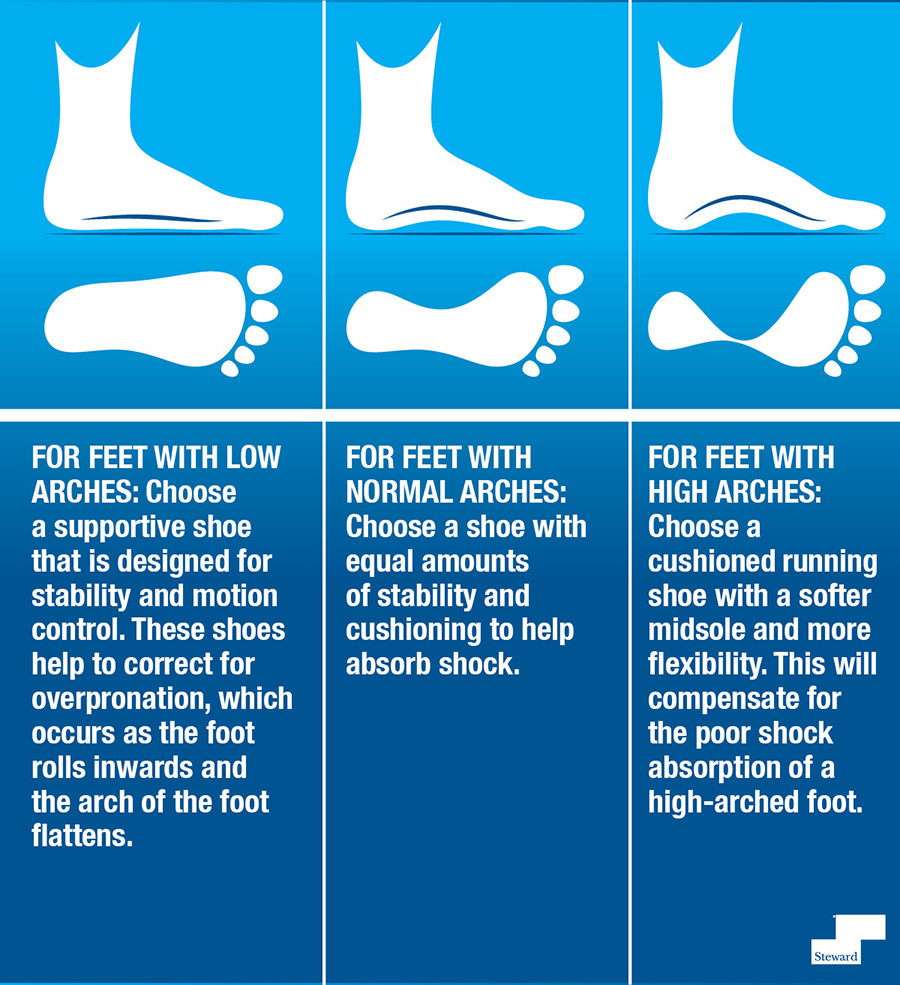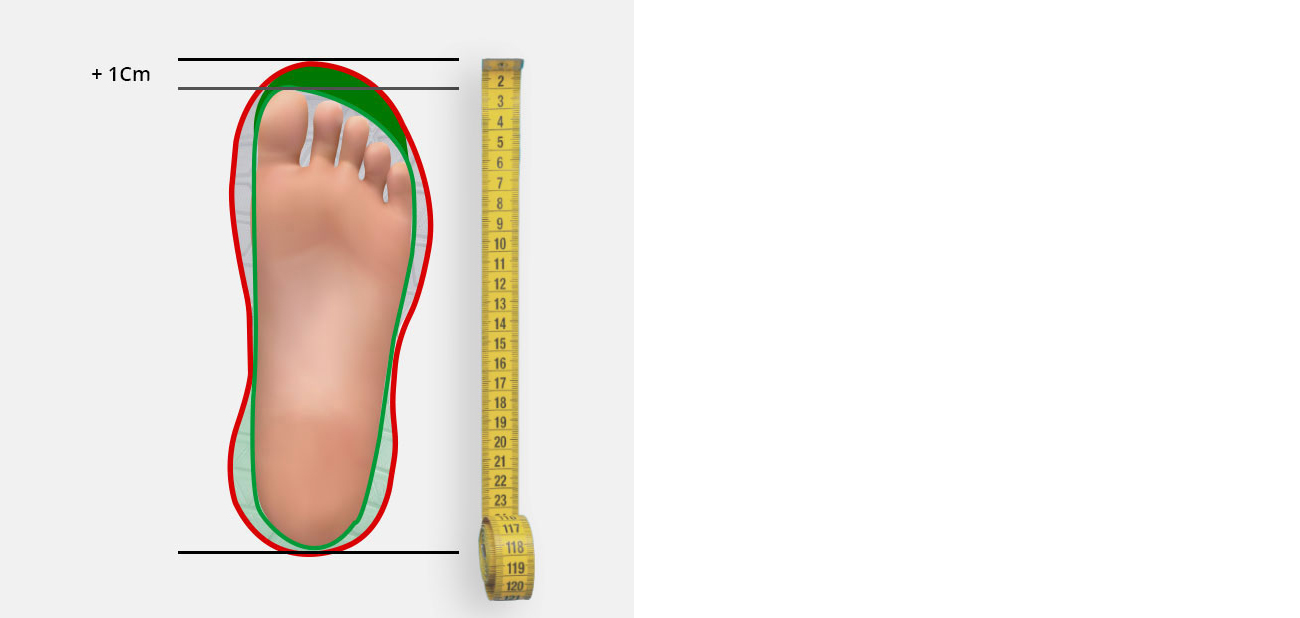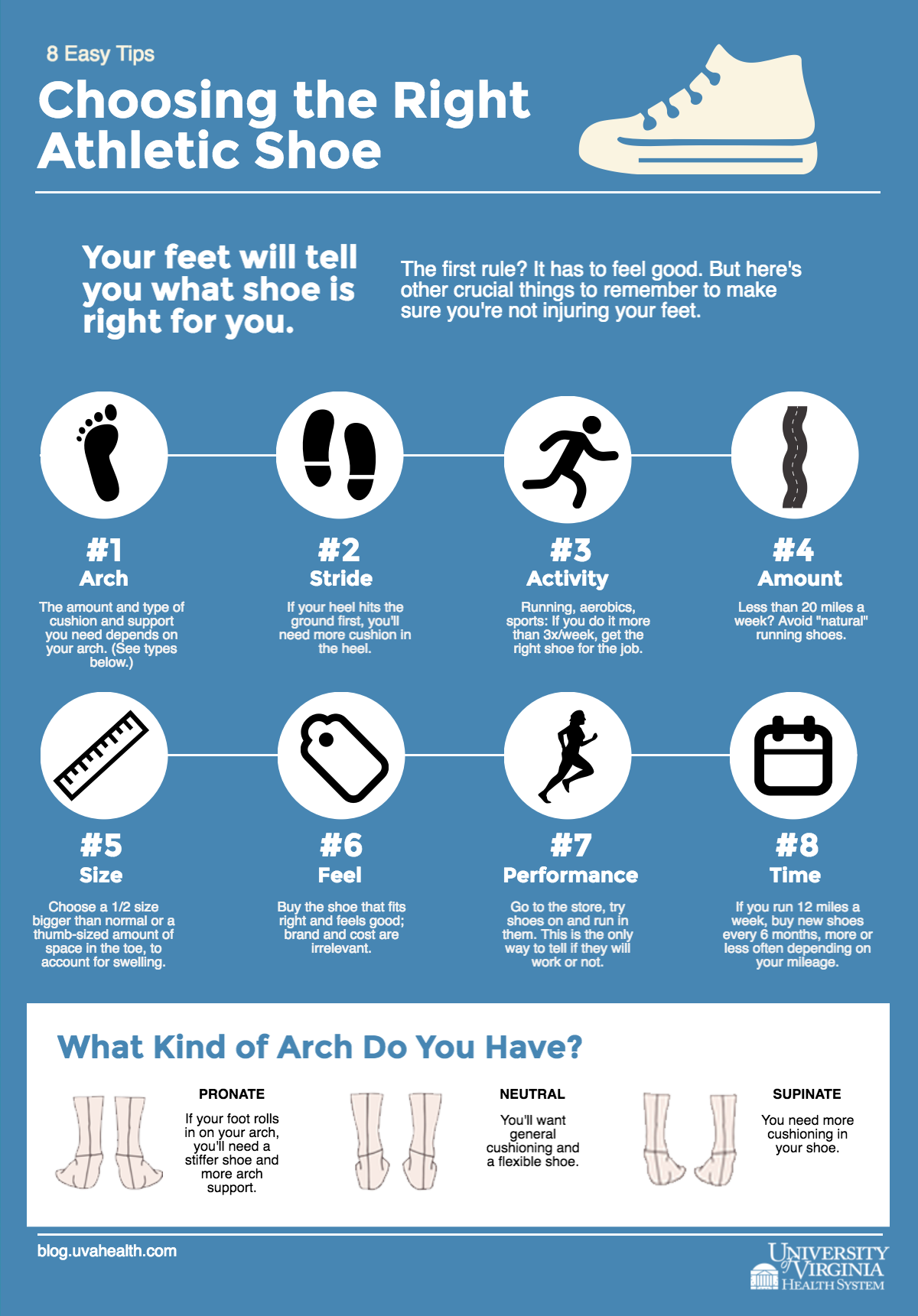Choosing the right running shoe size can make all the difference in your performance and comfort. Whether you’re a seasoned marathoner or a casual jogger, finding the perfect fit is crucial to avoid injuries and enhance your running experience. In this comprehensive guide, we’ll explore everything you need to know about selecting the ideal running shoe size, packed with real-world experiences, expert tips, and helpful comparisons. Let’s jog through the topic, shall we?
Understanding the Importance of the Right Size
When it comes to running shoes, size matters! A shoe that’s too small can lead to blisters, calluses, and other injuries. Conversely, a shoe that’s too large may cause instability and affect your running form.
Research conducted by the American Orthopaedic Foot & Ankle Society emphasizes that incorrect shoe size can lead to serious foot problems (source: AOFAS). Understanding your foot shape and how different sizes can impact your running performance will help you make informed decisions.

Common Problems Caused by Inactive Sizing
- Blisters: Often caused by friction, a poorly fitted shoe can rub against your skin.
- Arch pain: An improper fit can lead to inadequate support for your arches.
- Heel pain: A heel that slips can lead to heel spurs or plantar fasciitis.

Measure Your Feet Accurately
Before you dive into purchasing your next pair of running shoes, it’s essential to measure your feet correctly. Here’s how:

Tools Needed
- Tape measure or ruler
- Paper and pencil
- Hard flat surface

Step-by-Step Measuring Process
- Place a piece of paper on the floor against a wall.
- Stand on the paper with your heel against the wall.
- Mark the longest toe on the paper.
- Measure the distance from the wall (back of your heel) to the mark.

Check the size chart of different brands as shoe sizes can vary significantly between manufacturers. For better accuracy, measure both feet, as one foot may be larger than the other.
Choosing the Right Running Shoe Type

Next, consider the type of running shoes that are best for your needs. Here’s a quick overview:
Types of Running Shoes

| Type | Description | Best For |
|---|---|---|
| Neutral Shoes | For runners with a neutral gait, offering cushioning and flexibility. | Long-distance running and road running. |
| Stability Shoes | Help control overpronation with added support. | Runners who need extra support. |
| Trail Shoes | Designed for off-road running with enhanced traction. | Trail running and uneven surfaces. |
Trying on Running Shoes: What to Consider
Once you have found a few options that meet your needs, it’s time to try them on. Here are some helpful tips to ensure a proper fit:
1. Wear the Right Socks
Always wear the socks you plan to run in when fitting new shoes. This small detail can change the fit significantly. A thicker sock will require a little more room in the shoe.
2. Check for the Right Length
When trying on shoes, ensure your toes have about half an inch of space to wiggle. Your heel should fit snugly without sliding out as you walk or jog.
3. Evaluate the Width
A common misconception is that all shoes run true to size. In reality, some brands offer different widths (narrow, regular, and wide). Make sure you try various widths to find which one offers the most comfort.
Real-World Experiences: Case Studies
Maria’s Journey to Finding the Perfect Fit
Maria, a recreational runner, struggled for years with blisters and foot pain after her runs. After consulting a specialist, she learned that she had been wearing shoes that were a full size too small. After carefully measuring her feet and trying several pairs of running shoes, Maria finally found her perfect fit — a size up with a wider toe box. Now, her running is pain-free and much more enjoyable!
James’ Lesson on the Importance of Width
James, an aspiring marathoner, initially thought all running shoes were the same. He purchased a popular model that turned out to be too narrow. After experiencing discomfort during training, he sought help and discovered the importance of width. Switching to a shoe with a wider fit not only improved his comfort but also his overall performance.
Pros and Cons of Popular Running Shoe Brands
| Brand | Pros | Cons |
|---|---|---|
| Nike | Innovative designs, wide variety of sizes | Higher price point |
| Adidas | Great cushioning, excellent grip | Can run small, need to size up |
| Asics | Highly supportive, good for overpronators | Heavier than some competitors |
Tips to Maintain Your Running Shoes
Once you’ve selected the right running shoes, keep them in tip-top shape with these tips:
1. Rotate Your Shoes
If you’re running frequently, consider rotating between two pairs of shoes. This allows for better moisture control and prolongs the life of both pairs.
2. Clean Them Regularly
After muddy trails or wet runs, it’s essential to clean your shoes. Use a soft brush or cloth to remove dirt and let them air dry away from direct heat.
Frequently Asked Questions
1. How do I know my running shoe size?
Measure your feet in the evening when they are at their largest, and refer to a brand’s size chart for accuracy.
2. Should I size up in running shoes?
It’s usually recommended to go half a size up from your dress shoe size to allow for toe movement.
3. How often should I replace my running shoes?
On average, running shoes should be replaced every 300-500 miles. Monitor for wear and tear on the soles.
4. Can I use my running shoes for walking?
Yes, many runners wear their shoes for walking, but ensure they still provide the necessary support.
5. What if one foot is larger than the other?
It’s common, and you should always fit the larger foot when purchasing shoes.
6. Do different brands fit differently?
Yes, different brands have varying sizing and widths, so always try shoes on before purchasing.
7. Can insoles help with shoe fit?
Yes, insoles can provide additional comfort and fit adjustments for better arch support.
8. How can I break in my new running shoes?
Start by wearing them for short distances to allow the materials to stretch and adapt to your foot shape.
9. Is it okay to buy shoes online?
Yes, but make sure to review the return policy in case the shoes don’t fit as expected.
Conclusion: Happy Running!
Choosing the right running shoe size is not just about comfort; it’s about enhancing your performance and preventing injuries. By measuring your feet accurately, trying on multiple pairs, and understanding the different types of running shoes available, you’ll be well on your way to finding the perfect fit. Remember, every runner is different, so take your time to find the shoe that feels best for you.
So lace-up your new kicks, hit the pavement, and enjoy every step of your running journey!